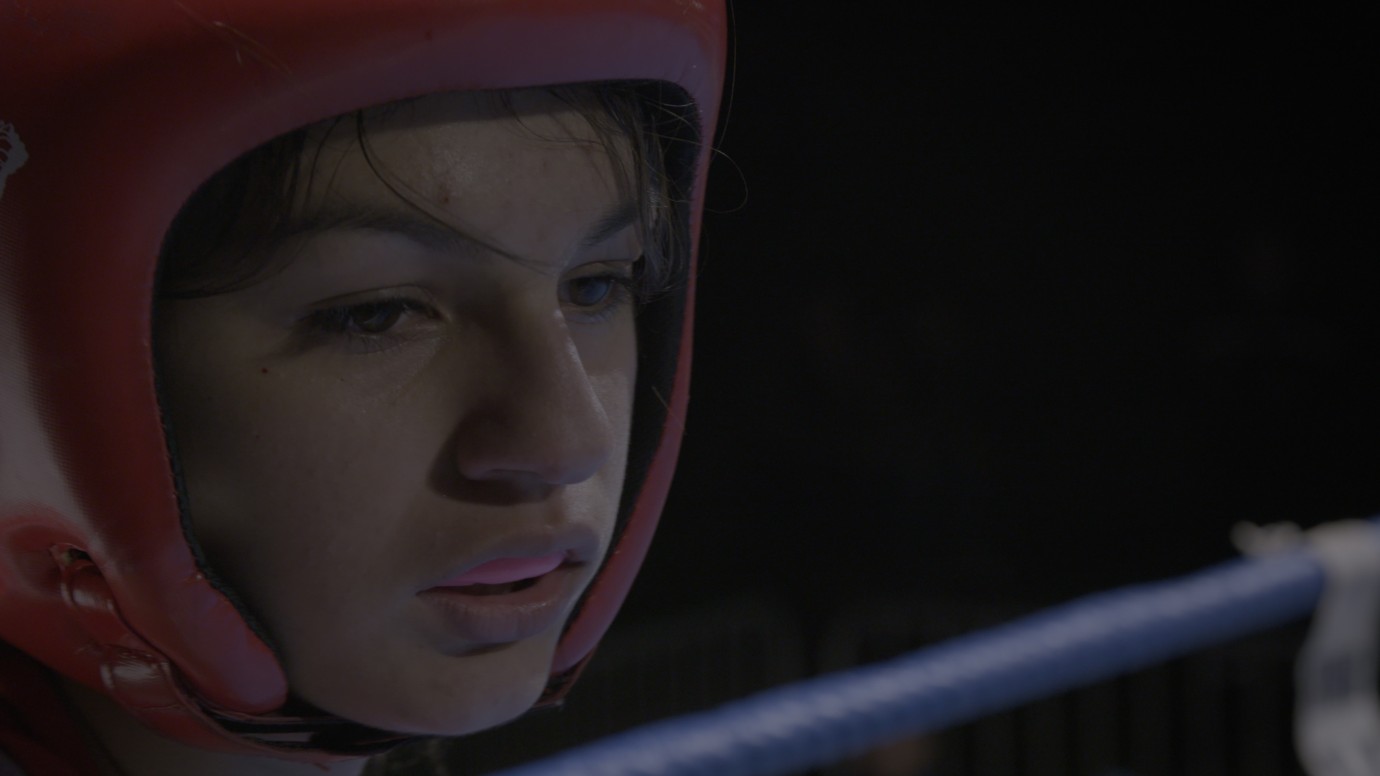Through the silence, memory wails its loudest song. A sleeping city, slowly engulfed by an almost cognitive fog, rolling its way across the high-rises and sinking deep into the earth. The usual perverse light of streetlamps, neon signs and cars are all but choked out by the creeping mist. Gradually, a building force of noise ripples through the night air; what was just a droning at first becomes at times almost unbearable for the audience. Off-putting, it accentuates the detachment of this place. The opening portions of Strike or Die are a composite of these striking, haunting images from French director Jonathan Rescigno surrounding the 1995 French labour strikes.
Anyone familiar with the director’s work will recognise a continued emphasis on narratives dealing with social realities and strifes throughout French history. In late 1995, fighting to block former President Jacques Chirac’s plans to change public sector pensions and slash funding, industry workers across France organised strikes and walk-outs. A massive success, the strikes brought the fundamental infrastructure of France to a standstill. But this is all in the past, right? Or do the ripples of those broken backs and underpaid worker’s rights still emanate across France to this day, emerging as new from the effects of the past?
Raw moments of day-to-day life are the featurette of director of photography and cameraman Hervé Roesch, taking nothing as insignificant. Strike or Die isn’t strictly a tell-all tale on the strikes, but rather an observational documentary on the current residents of the area, spanning from former miners to the local boxing ring and two young boys who frequent it, the descendants of immigrants brought in for labour work.
In a persistent variation of the past, Rescigno structures the film as an ebbing flow, rushing nothing in its means of building upon the imagery and words of the locals. A documentary of constant movement, the pacing is still at times dire, but with reason. There’s a dismissal of instant gratification, since the struggles these communities faced are ingrained into local consciousness, if not always obviously present. And in moments which seem mundane (and there are certainly mundane moments), the artful structure of framing demonstrates the consideration in cinematography and hints at the past, as unsuspecting youths take no notice of the monolith behind them, the old mining headquarters which forged the shoulders on which they stand.
Methodical, the audio is perhaps the documentary’s most understated aspect – but quite possibly its principal asset. In the discombobulating introduction, the film amalgamates the industrial whistles with those warning alarms which blend into the modern club beats, with all of those sounds playing a part in explaining how directly the town ties into its history. The film knows precisely where to manipulate audio for impact, removing the bulk of unnecessary fodder to hone in on a peak moment. It’s best demonstrated in the visceral, survival instincts of the boxing ring, where all crowd interference is muted and all we hear is the creak of the ring and crunch of bone.
The film’s intimate moments in the boxing ring, or the scenes featuring the two boys discussing their prospects as they gradually come to terms with their heritage, provide a human element for general viewers. This gaze into their lives, examining the hypocrisy of double standards surrounding immigration and the immigrants who built the country, adds a much-needed sense of identity to the documentary. It’s a necessity, given the film’s principal issue with wayward audiences. Strike or Die isn’t a film which attracts; its glacial pacing means it lacks grip for audiences who haven’t directly sought the film out.
Roesch’s quiet observational filming demonstrates that ripples of the past may not be talked about directly, but the repercussions of industry leaders, cheap labour and the murky attitudes towards immigration all tie Strike or Die into a loop of how struggles never absolutely die out, but merely change their face and reasoning.
